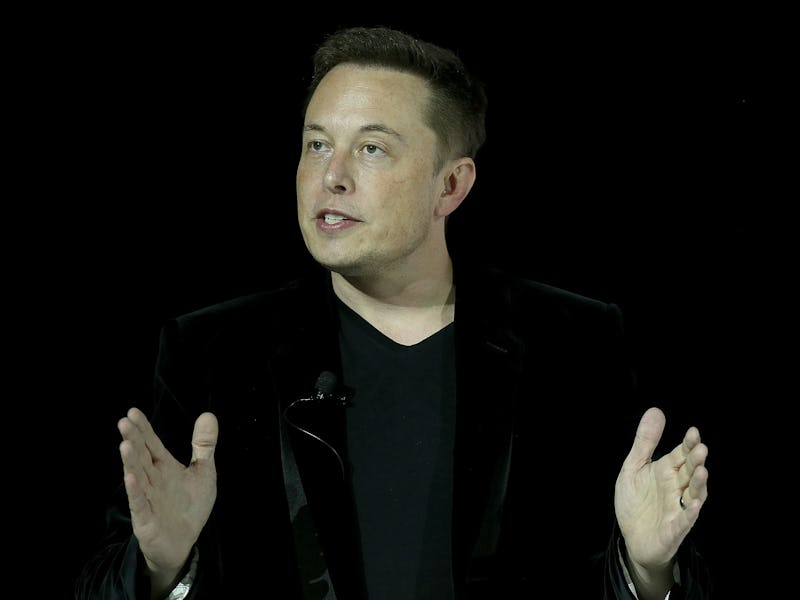Elon Musk has been busy. The billionaire SpaceX founder took to Twitter on Sunday to share a photo symbolic of the company’s achievements: a hangar with three rockets that have successfully entered and exited the Earth’s atmosphere.
Being able to re-launch and re-use the first stage boosters is important for SpaceX’s future efforts. The company aims to reduce spaceflight costs as much as possible: one of the Falcon 9s pictured costs $60 million, according to Musk, plus an extra $200,000 to fuel.
Musk’s earlier image from April gives a better sense of the scale of these rockets.
SpaceX’s most recent launch, which sent a JCSAT-14 Japanese communications satellite into orbit, will bring 4K ultra high definition broadcasts to Asia, as well as new emergency communications capabilities.
Unfortunately, re-entry wasn’t as smooth as the team may have hoped. The rocket came in traveling at twice the speed of a normal re-entry, at 2 kilometers a second, and it took its toll on the booster. Nonetheless, re-entry was a success, and the rocket landed on the droneship Of Course I Still Love You in the Atlantic Ocean.
“Most recent rocket took max damage, due to v high entry velocity,” Musk tweeted. “Will be our life leader for ground tests to confirm others are good.”
SpaceX’s first successful re-entry, in December 2015, was during a mission to send 11 satellites into orbit for ORBCOMM. The company completed its first sea-based landing in April, when the team sent a rocket up to the International Space Station on a resupply mission. The mission took NASA’s Bigelow Expandable Activity Module (BEAM) up to the space station, which could provide an expandable workspace for future manned missions to Mars.
The successful landing of the Falcon 9 in April helped prove the old adage of “if you don’t succeed, try and try again.” The landing took five attempts before the team was finally able to land the rocket in one piece.
